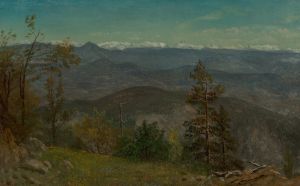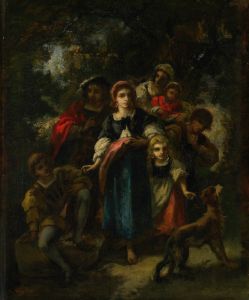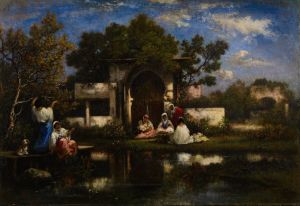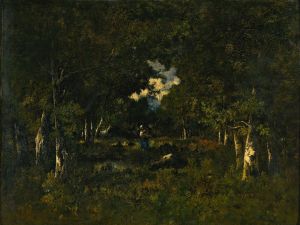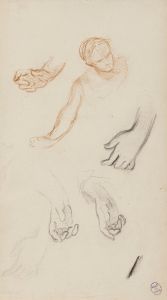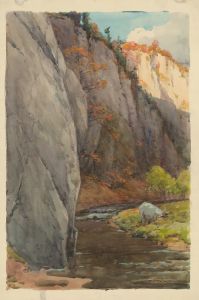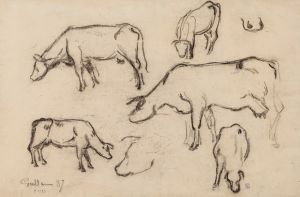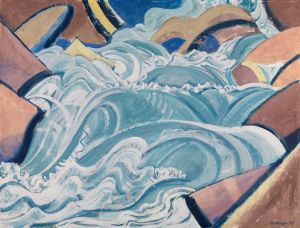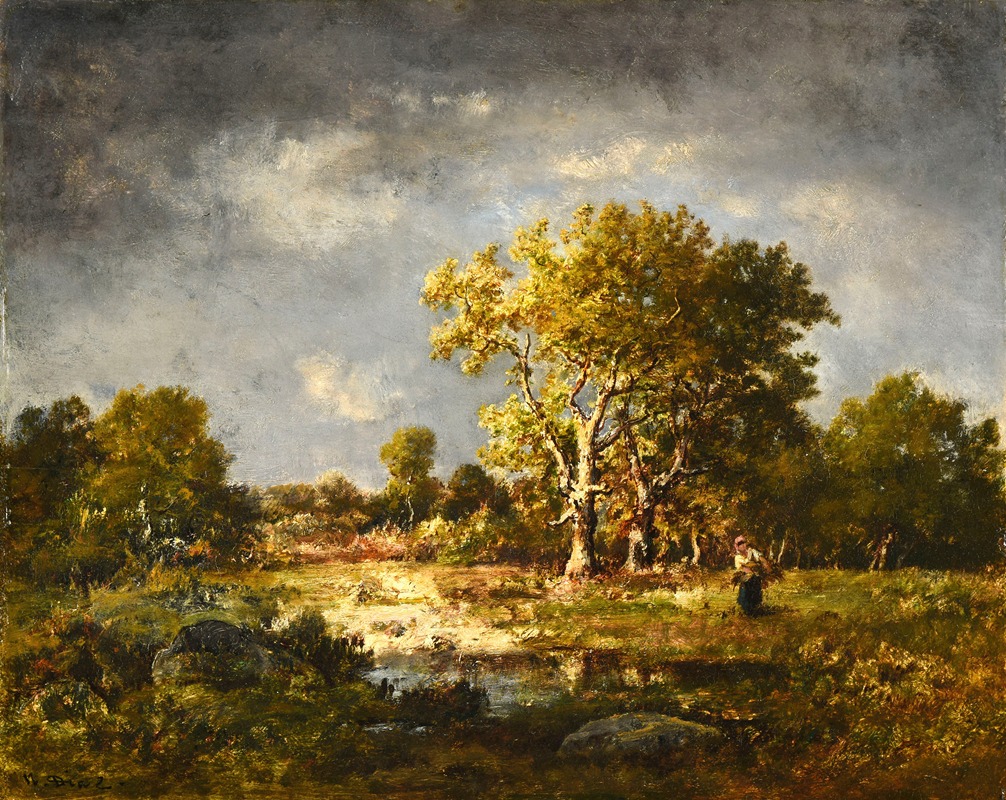
Une clairière
A hand-painted replica of Narcisse-Virgile Diaz de La Peña’s masterpiece Une clairière, meticulously crafted by professional artists to capture the true essence of the original. Each piece is created with museum-quality canvas and rare mineral pigments, carefully painted by experienced artists with delicate brushstrokes and rich, layered colors to perfectly recreate the texture of the original artwork. Unlike machine-printed reproductions, this hand-painted version brings the painting to life, infused with the artist’s emotions and skill in every stroke. Whether for personal collection or home decoration, it instantly elevates the artistic atmosphere of any space.
Une clairière (A Clearing) is a painting by the French artist Narcisse-Virgile Diaz de La Peña, a prominent figure of the Barbizon School. This artistic movement, which emerged in France during the mid-19th century, was known for its focus on natural landscapes and a departure from the idealized depictions of nature that characterized earlier periods. Diaz de La Peña, along with contemporaries such as Jean-Baptiste-Camille Corot and Théodore Rousseau, played a significant role in shaping this movement.
The painting depicts a serene forest clearing, a subject that aligns with Diaz de La Peña's fascination with the interplay of light and shadow in wooded landscapes. His works often feature lush vegetation, dappled sunlight, and a sense of tranquility, reflecting his deep appreciation for the natural world. Une clairière is no exception, showcasing his ability to capture the atmospheric qualities of a forest scene with rich, textured brushwork and a warm, earthy palette.
Diaz de La Peña was particularly skilled in rendering the effects of light filtering through trees, a hallmark of his style. In Une clairière, this technique is evident in the way sunlight illuminates the clearing, creating a contrast between the darker, shadowed areas of the forest and the bright, open space. This use of light not only adds depth to the composition but also evokes a sense of intimacy and quietude, inviting viewers to immerse themselves in the scene.
Born in Bordeaux in 1807, Diaz de La Peña faced significant personal challenges throughout his life, including the loss of his parents at a young age and a physical disability resulting from a childhood illness. Despite these hardships, he pursued a career in art and gained recognition for his landscape paintings, as well as his depictions of mythological and Orientalist subjects. His work was highly regarded during his lifetime, and he exhibited regularly at the Paris Salon.
Une clairière exemplifies Diaz de La Peña's contribution to the Barbizon School and his dedication to capturing the beauty of nature. While the exact date of the painting's creation is not specified, it is consistent with the themes and techniques that defined his work during the height of his career. Today, Diaz de La Peña's paintings can be found in major museums and private collections worldwide, where they continue to be celebrated for their poetic representation of the natural world.






